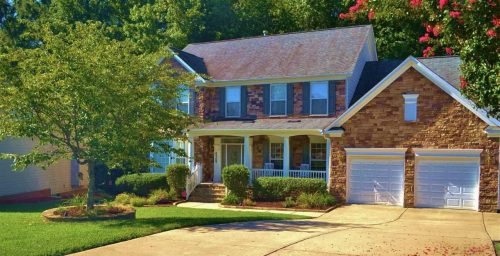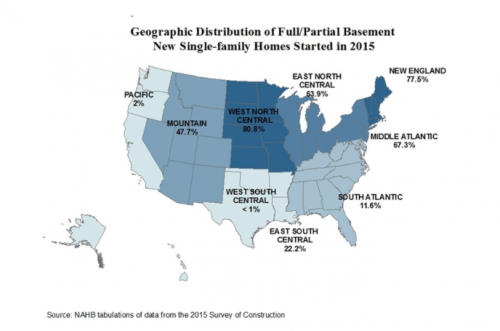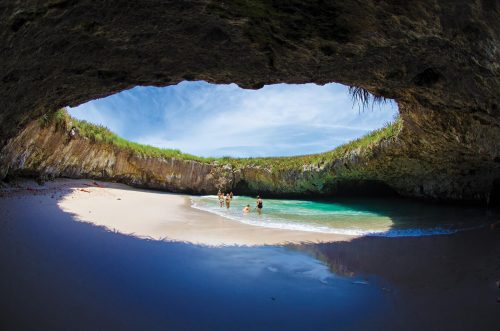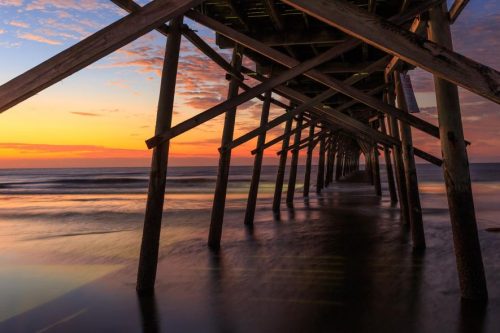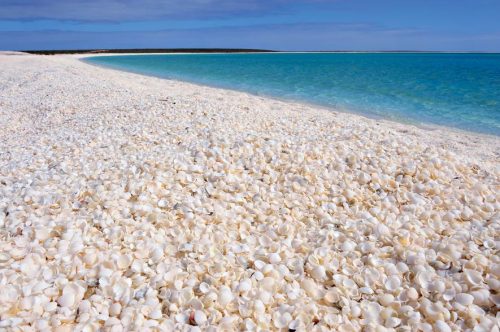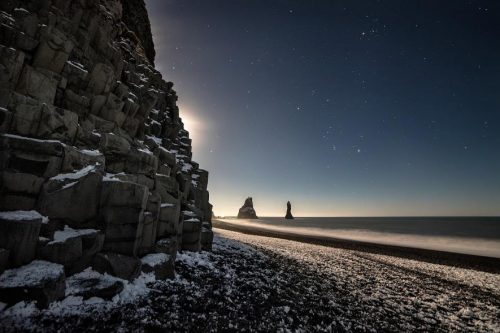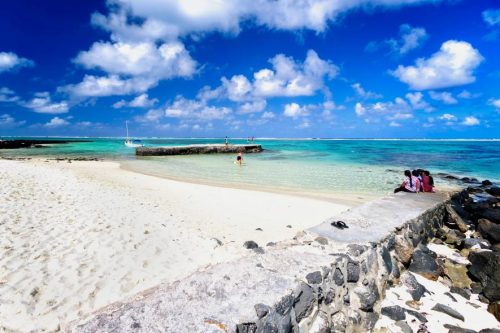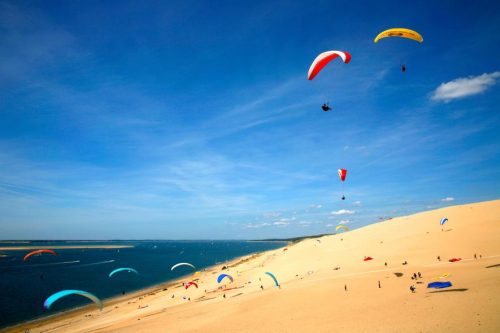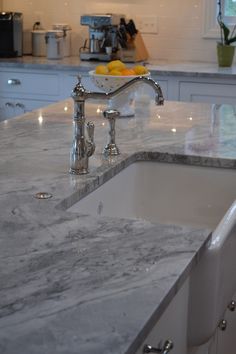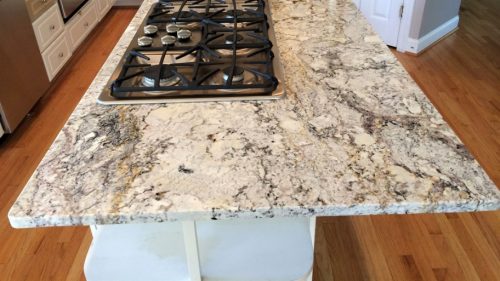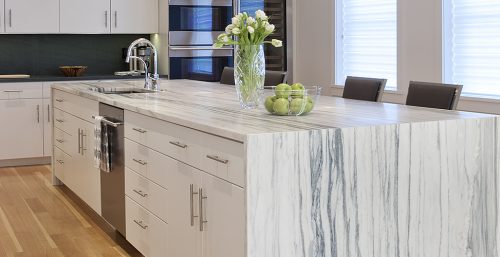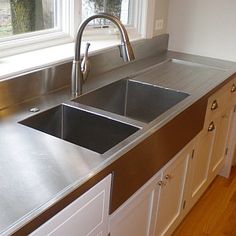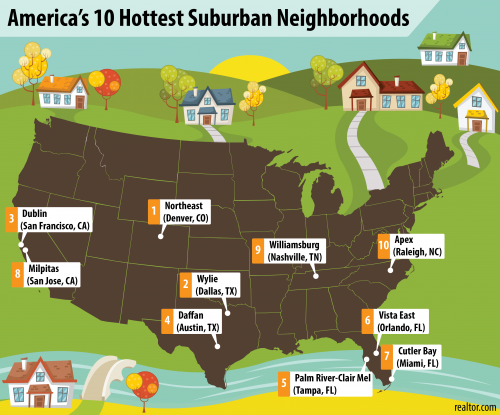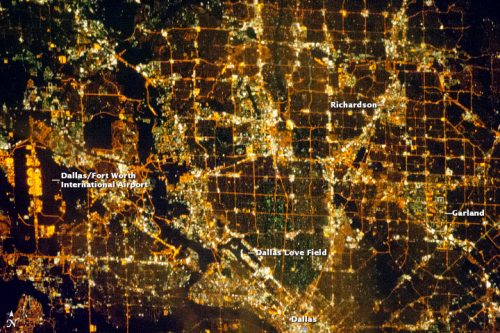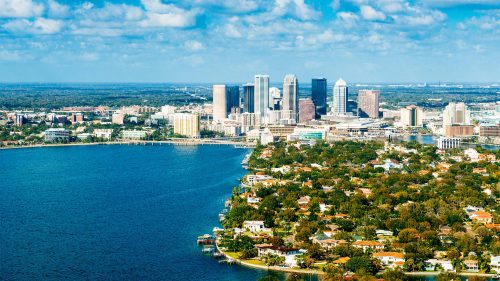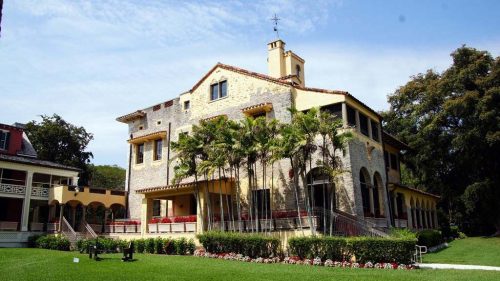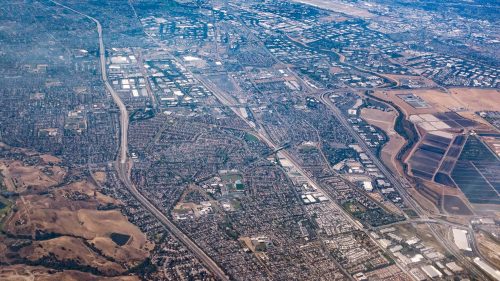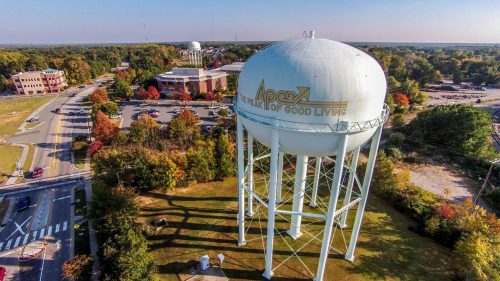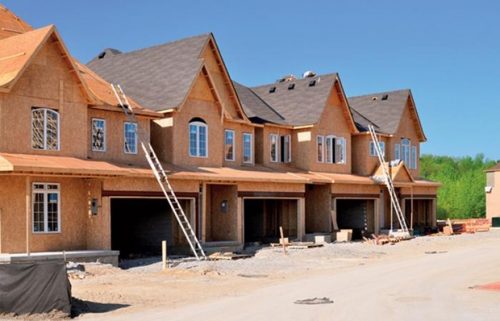Builders Raise the Roof: Ceiling Heights Rise
Developers are finding that buyers have a passion for higher ceilings, and they’re taking them beyond the standard eight-feet in luxury residences. More builders are now promoting ceiling heights of 11, 12, and even 20 feet. They’re finding that buyers are willing to pay a premium for the extra height too.
Just how much? Realtor.com®’s research team found that raising ceiling height to 10 or 11 feet from the standard height of eight to nine feet led to an average 50 percent jump in average listing price per square foot. The highest premium was for ceilings between 12 and 15 feet, which saw an average 76 percent boost per square foot than units with standard heights. On the other hand, taller ceilings – higher than 15 feet – saw the smallest premium at 28 percent higher than standard ceilings.
Realtor.com®’s research team analyzed more than 2,300 condos priced at $750,000 or more in New York, Illinois, Southern California, Massachusetts, and South Florida. Researchers found that New York City condos saw the largest premiums from 12-feet-but-below-15-feet ceilings. The average premium was $3,700 a square foot – or 150 percent higher than those with standard ceilings. (But note: Condos with 12-foot ceilings also tend to be in newer towers that feature greater amenities too.)
“The smaller the apartment, the [smaller] the impact of tall ceilings,” says Jonathan Miller, an appraiser in New York. But too tall can make apartments feel claustrophobic, he adds.


